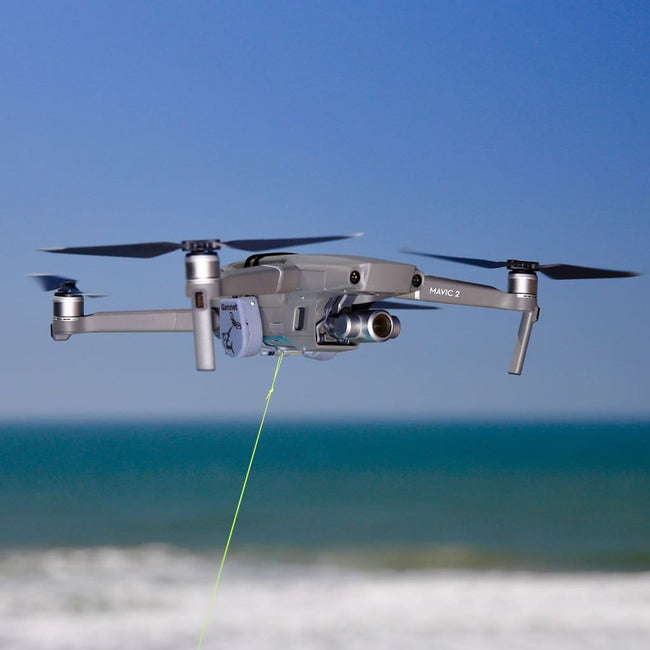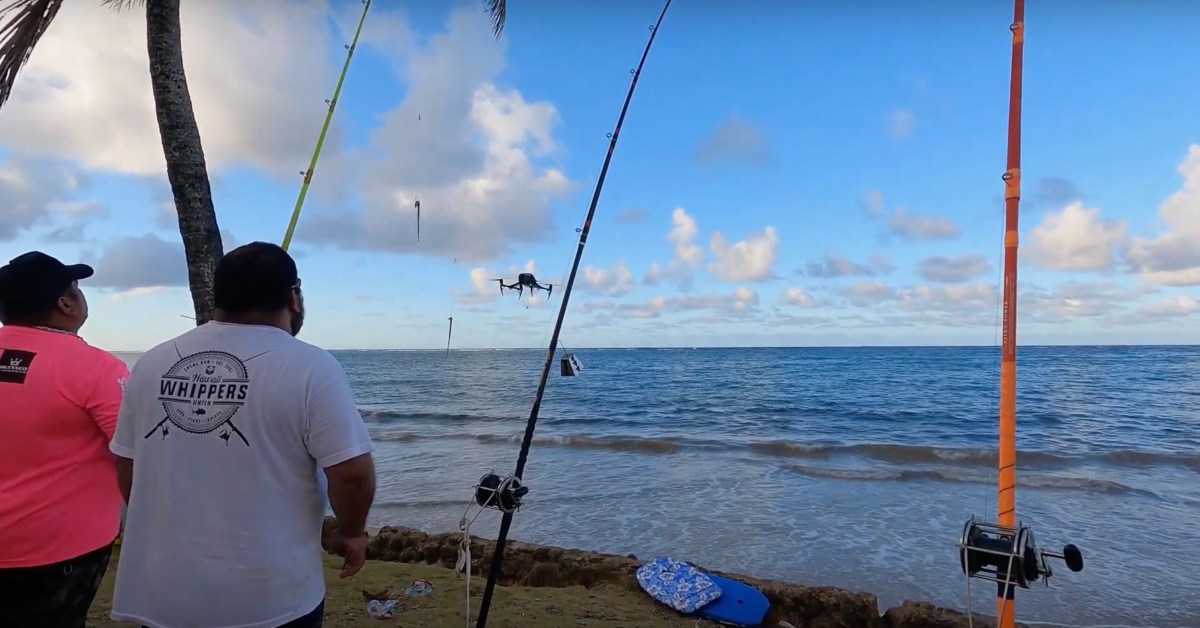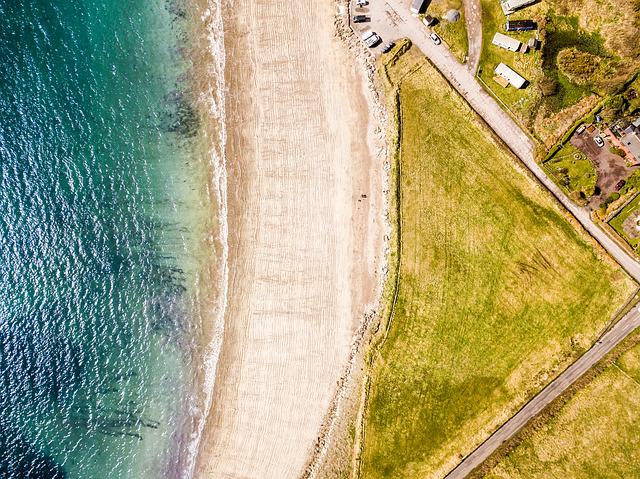
We'll be covering the basics of a drone-fishing rig in this article. We'll also be discussing what to consider when choosing your drone, how to charge it, and the payload. We'll then discuss ways to get the best out of your drone. Keep reading to learn more. You'll soon have the drone of your dreams! Let's get !... started and maybe even catch some fish!
Basic drone fishing equipment
A good set of hooks is the most important thing when you want to begin drone fishing. The fishing line should not be more than twice the length. It should be mono- or braided. It should be tied with a Cat's Paw Loop, Uni knot or Uni knot. You will also need a sinker (between two and eight ounces), and hooks to attach to every second section of the backbone. The final step is to attach the lead loop and end loop of your drone using a snap swivel.
There are many options for creating a fishing drone. An easy way to make a fishing drone is to attach a hook onto the drone's landing gear. Then spin the line until the line is released. Other low-cost ways include using a dropper to keep the fishing line below the drone and a drop line. A dropper is a device that allows you to keep your main line above the drone and avoid it becoming tangled in the propellers. The fishing drones can also be equipped with accessories, such as a battery pack and a dock.
You will need additional equipment once you have bought the basic drone fishing gear. A fishing line that is approximately 700m long, as well as a bait-dropping apparatus are required. These are optional accessories, but they can make your drone fishing adventure more enjoyable. A drone will provide you with a clearer view and make it easier to spot fish.

Payload for drone fishing system
Safety precautions must be followed if you are going to fly a drone to catch fish. It is not a good idea to fly your drone in heavy winds or rain. Here are some guidelines to follow:
First, ensure your drone has a strong carrying capacity. The drone will not stay stable if it is loaded with heavy lures or braided lines. If you are fishing near the seaside, wind can blow the drone off course. You should also check the local laws and regulations as some might not allow drone fishing. If you decide to fish with your drone, make sure it has a good carrying capacity.
The next step is to determine which accessories you'll need to mount on your drone. A good rule of thumb is to use a rigging system that has a central attachment point to reduce weight distribution problems. Motor struts or landing gear and the legs of the drone are all good options for attaching. You should avoid attaching anything to the camera or to the gimbal. This can cause damage. An easy solution is to tie fishing line at each corner. To prevent it from slipping out, tape can be used to secure the fishing line.
Battery life for drone fishing rig
Before you go fishing with the drone, check that the batteries are charged and all other equipment is working properly. This will help you keep the drone from running out of battery life and allowing you to focus on fishing instead of recharging. You may be able to charge your drones using solar panels or batteries from your car. Start out by having fully charged batteries. This will ensure that your drone can fly immediately after you arrive at your fishing spot.

Another important factor to consider is the drone's flight time. Some models have longer flight times than others, but a drone that can fly for twenty-two minutes can easily get the job done. This is great if your goal is to spend hours on water with your drone. However, a drone that is not able to sustain long distances will render it inoperable. This will make it almost impossible to catch fish.
After setting up your fishing rod, attach the fishing clip to the drone's legs or motor struts. Attach the bait and line to the drone. Be sure to lock the reel before you fly the drone and unlock it when you're ready to drop the bait. You will feel tension build up when the line is pulled out. The drone will then drop the bait into water. If the battery is not charged properly after each use, it will not function properly.
FAQ
What are the rules for operating drones?
The FAA must register your drone. The registration process requires you to provide information about your device, such as its weight, dimensions, battery capacity, operating frequency, and battery life. You will also need to get an FAA identification number.
Can I fly my drone indoors
Yes, you can fly your drone indoors. There are only a few things you need to do: Make sure your home is free of obstacles and hazards. For example, you should avoid flying near windows, doors, heating vents, air conditioning units, electrical outlets, water pipes, and fireplaces.
Do drones fall under the control of the FAA?
The FAA is responsible for all aspects of drone operation, including certification requirements, safety standards, and licensing procedures.
Is it safe and legal to fly a drone when driving?
Drone flying while driving can be dangerous as you may collide with another vehicle or object. Additionally, you may hit pedestrians or animals. Additionally, hitting power lines, trees or buildings could cause damage to your car.
What's the difference between quadcopters and hexacopters?
A quadcopter is a four-rotor helicopter that flies like a traditional helicopter. It has four rotors that rotate independently. The quadcopter's quadcopter counterpart, the hexacopter, has six instead of four. Hexacopters have more stability and maneuverability than quadcopters.
Can you fly a drone high without a licence?
The FAA has no limits on the maximum height a drone can fly. You will need to register your unmanned aircraft system (UAS), including the registration number and model name, weight, dimensions, serial number, manufacturer's number, date manufactured, and any other information.
What are the laws regarding flying drones
In the United States, the Federal Aviation Administration (FAA) regulates all aspects of drone operations. A certificate issued by the FAA is required to commercially operate a drone. Next, you will need to complete a course in flying skills and pass an exam. Finally, you must pay a fee to the agency.
Statistics
- According to the multiple listing service (MLS), houses and apartments with drone photographs are up to 68 percent more likely to sell than those without pictures. (thedroneu.com)
- Research and Markets predict a growth rate of 51.1% over the next five years. (thedroneu.com)
- With the top 10% making over $100/h and the bottom 10% making as low as $10/h. (dronesgator.com)
External Links
How To
How To Fly Drones For Beginners
A drone is a remote-controlled aircraft used for aerial photography, cinematography, surveillance, scientific research, and hobby purposes. The technology behind drones has been around since World War II. DJI's Phantom series quadcopters were first commercially available in 2010. There have been many types of drones since then, including beginner-friendly drones like the Parrot AR Drone 2.0 and professional-grade multi-rotor crafts like the DJI Mavic Pro.
You can fly a drone in many different ways, including:
-
Remote control - This method uses a control device attached to your hand, which enables you to steer the drone through its flight path. There are two main types: Joysticks (like a radio), and On/Off switches (like an alarm clock).
-
Manual Control – This allows remote operation of the drone via GPS coordinates using a smartphone application. The app will provide instructions and help you to locate the drone.
-
Autonomous Flying - This allows the drone to take over all of the piloting duties. The drone is able to fly autonomously, without the need for human intervention. To enable autonomous flight, the drone should have a built in camera and sensors capable recording images and data.
-
Triggered Flight – This method is very similar to manual flight. The pilot creates a route that the drone will follow until it reaches the destination. Once the programmed route is completed, the drone lands automatically and returns back to the base.
-
Landing Gear – Some drones are equipped with landing gear, which allows them to safely land if they lose power during flight.
-
Goggles – Pilots often wear goggles while flying to keep themselves safe from any debris.
-
Camera - Some drones can be equipped with cameras which enable you to capture photos from the sky.
-
Obstacles - Some drones can be equipped with obstacle avoidance systems that prevent them from crashing into obstacles.
-
Speed - Some drones can reach speeds of over 40 mph.
-
Battery Life - Most drones are capable of lasting between 20 minutes and three hours, depending on the power that you use.
-
Some drones have a range of up to 30 miles, depending on their model.
-
Power source: Some drones will require an external power source while others can be powered by internal batteries.
-
Weight – Some drones are less than one pound, while other models can be up to four pounds.
-
Size - Drones can range in size from tiny devices that can fit in your palm to heavy crafts that weigh 50 pounds.
-
Price - All drones fall within a specific price range, from high-end models that can cost thousands of dollars to lower-cost options starting at $100.